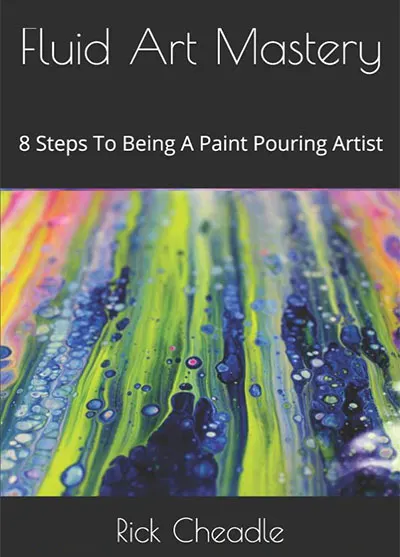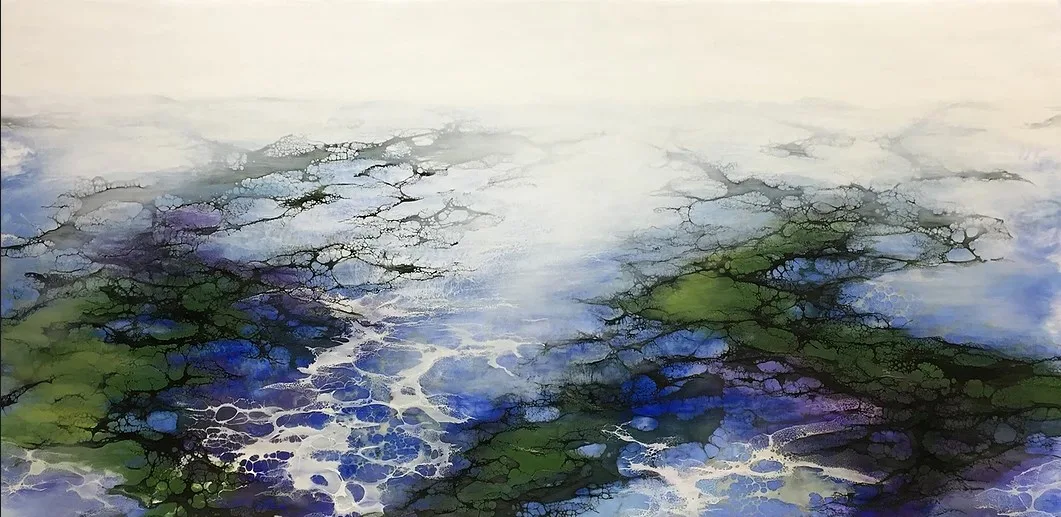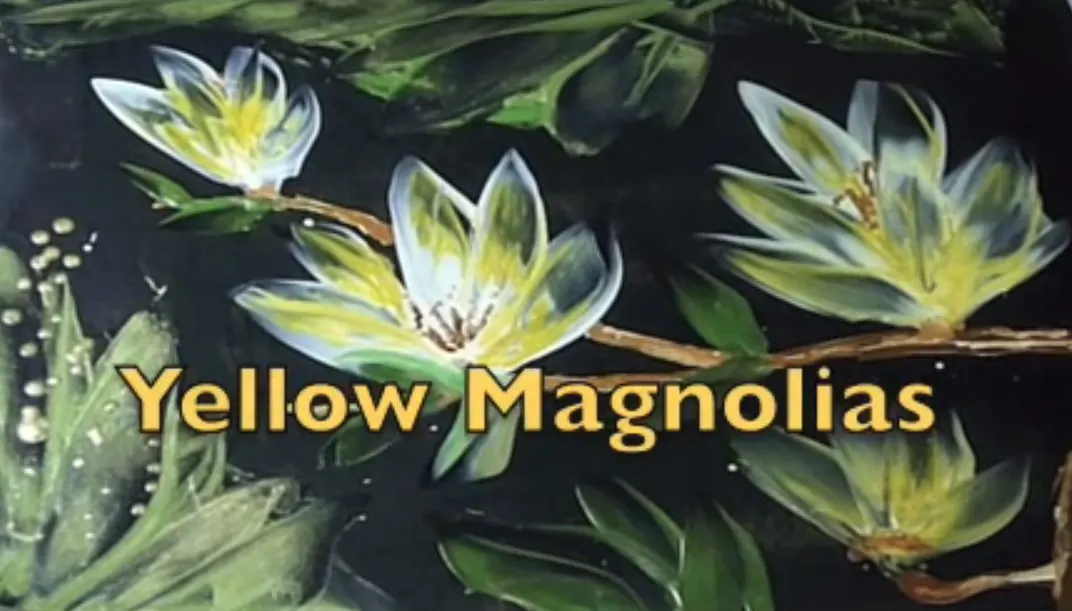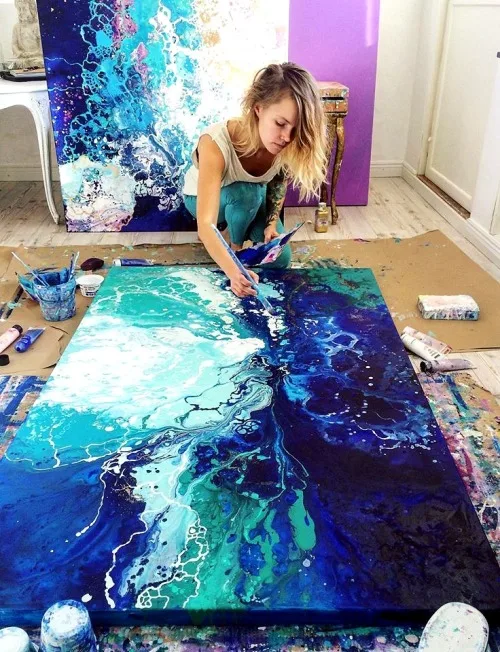Egg Tempera
Long before the Renaissance period, artists from Egypt to Europe used to prepare their own paints by mixing egg yolk with fine color pigments just before each painting session. To make the paint more liquid they simply added vinegar. Thousands of egg tempera paintings are still on display at major museums surprising visitors with vivid colors and sharp details.
Michelangelo’s egg-tempera painting technique has set a new level of excellence. Leonardo da Vinci also experimented with egg tempera as one of the first artists to use a combination of tempera and oil, called tempera grassa.
The most amazing thing is that you also can do it – in your own kitchen.
Get a few dry or liquid pigments, a box of fresh eggs, a bottle of vinegar (if you don’t like the smell of it, use filtered lemon juice), and a few painting panels. Canvas can’t be used because egg emulsion becomes a bit brittle over the years and may develop cracks if bent. Canvas also expands or shrinks when air humidity fluctuates.
There is another advantage of trying the egg tempera pouring and swirling method – just mentioning egg tempera in describing your artwork puts you in a completely different category of the unique artists and craftsmen who are sought-after and respected by some sophisticated art collectors. A pretty good way of standing out in the traditional “acrylic pour painting” crowd.
Do you think we are done with this review of numerous techniques? Not a chance! Digging back through a couple of thousands of years brings us to another remarkable echo-friendly technique called encaustic – or wax painting.
Encaustic
Searching the Web for this technique will bring up Fayum mummy portraits from Egypt around 100–300 AD. Don’t be scared. Watch this video instead. A modern artist Alicia Tormey is having fun melting wax paints with a blow torch.
“Altitude” by Alicia Tormey (Source: www.aliciatormey.com)
Other artists even use a regular household iron for creating artworks such as Yellow Magnolias (below).
Expand your art horizon – experiment with pouring melted wax colors (drip art), enjoy a nice beeswax aroma, and be unique!
Final thoughts
You don’t have to become a strictly “acrylic pouring” or “oil on canvas” artist. Get inspiration from professionals, like Emma Lindström.
Emma Lindström – Cosmic Compositions
Mainly based on acrylics, Lindström’s work is the result of a long and ongoing experiment with different techniques and learning through mistakes.
Branching out of pure acrylic pour painting, mixing techniques, trying “acrylic” pouring recipes with natural components instead of harsh chemicals, and learning from each other, as well as old masters, will make our artistic journey exciting and fulfilling!
Are you ready for Acrylic Pouring?
If you are reading this line, you are!
Click here to get these pouring art supplies and have a lot of FUN!
(They can make great Christmas or birthday gifts)
Here are a couple of very helpful books to get you started with fluid art
Get “Paint Pouring Recipes and Art Journal” by Rick Cheadle (recommended)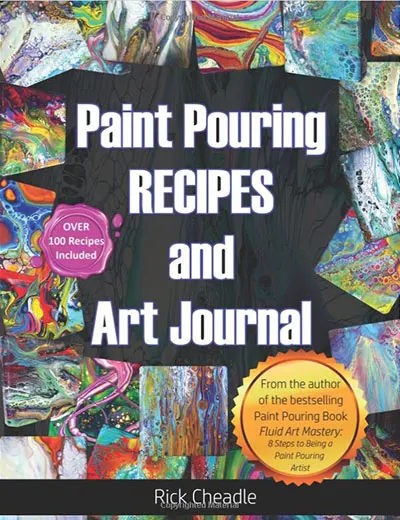
Get “Fluid Art Mastery: 8 steps to being a paint pouring artist” by Rick Cheadle (recommended)
